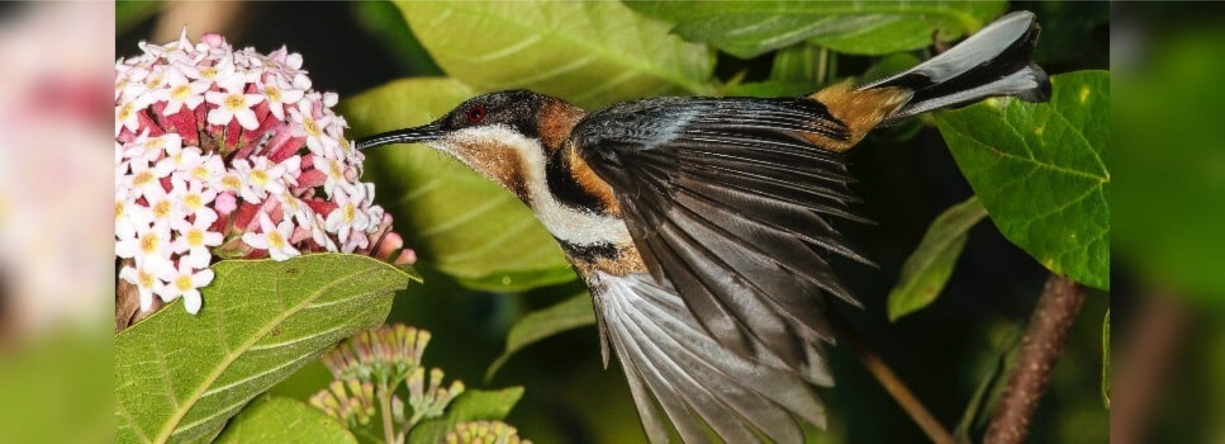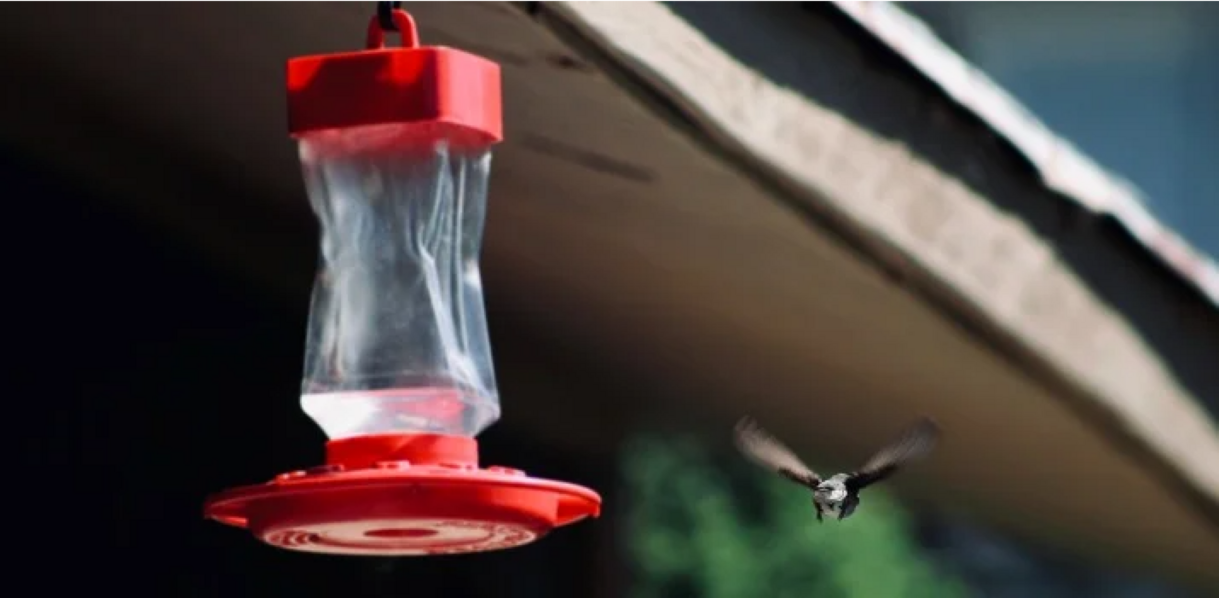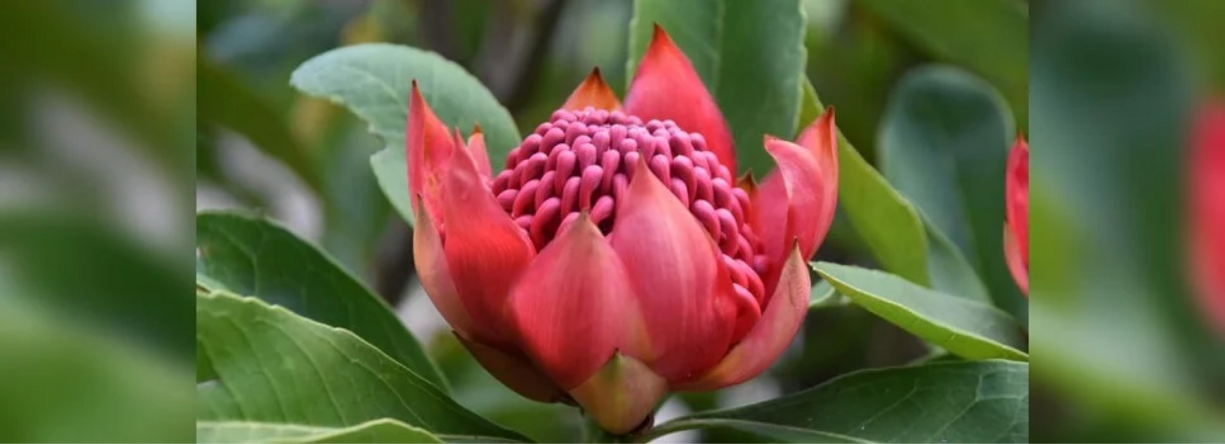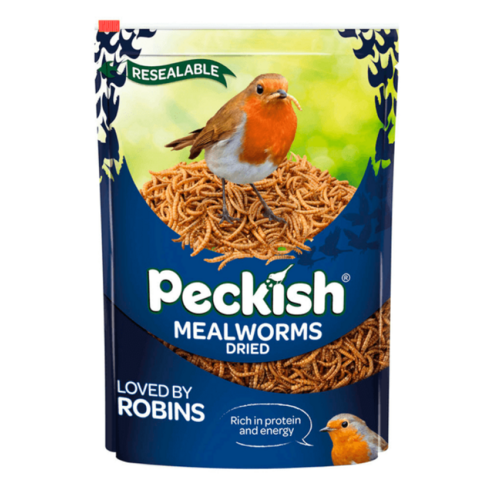Last Updated: 28/05/2025
Why Should I Get Pet Insurance for my Dog?
Considering pet insurance? Check out our Vet-written guide for all the information you need to consider.
Author: Dr Emilee Lay BVSc BSc (Vet) Hons
Reading Time: 12 minutes - short read
Here in Australia we are lucky enough to have a wide variety of honeyeaters in the wild. However tempting it is to feed them, it is important to realise that this can do more harm than good. Feeding honeyeaters can increase the risk of disease, disrupts normal animal behaviour in the area and when fed improperly can lead to nutritional imbalances. Australian honeyeaters have brush-tipped tongues and include birds such as friarbirds, wattlebirds and even miners.Â
The Honeyeater In The Wild

Honeyeaters thrive on a diet of nectar and pollen from our native flowers, sap, berries, and even sugary secretions of plant bugs as well as insects. In the wild they often compete for resources such as plants in the same area. Some species are sedentary and others are very territorial.Â
Common Mistakes When Feeding Honeyeaters, What Not To Do!

DO NOT Offer Human Foods
Offering honeyeaters sugary food and substances is not recommended. Refined sugars in human foods such as sugar water, jams and preserves are often in excess of what the average honeyeater will consume. They also lack important vitamins and minerals necessary for a balanced diet.
DO NOT Create a Daily Feeding Station
Creating feeding stations at home is a recipe for disaster, as it can result in large numbers of birds frequenting the same area on a regular basis. Without stringent cleaning protocols, and removal of faeces, this can create a suitable environment for a disease outbreak. Larger honeyeaters will often compete and force out smaller honeyeaters - potentially creating a population imbalance in your local area. Likewise, it can increase the risk of predation by cats and foxes as it concentrates the population to one area.Â
Creating An Urban Sanctuary For Wild Honeyeaters

Plant a Native Garden
Planting native flowering shrubs, bushes or trees in your yard is a fantastic way to encourage local wildlife to flock to your garden without causing undue harm. Some plants you could consider growing include:
- Kangaroo PawsÂ
- Banksias
- BottlebrushÂ
- Native FuchsiaÂ
- Grevilleas
- Warratahs
- Callistemons
A balanced native garden is one that consists of up to 80% native plants. Make sure to have a wide range of plants, and make sure to choose plants that will grow well in your garden. Growing plants in thickets/clumps can help provide protection for smaller honeyeaters. It's important to think about planning your native garden in layers. Different layers of groundcover, shrub sizes, and trees will help even out competition in your yard, and minimise aggressive birds. Donât forget to also think about when your plant selections will flower, fruit and seed, so that you can have natural food available all year around. In addition native grasses can help encourage nest building in your yard. Speak to your local nursery about what will work for you.Â
Provide Fresh Water
Ensuring that fresh water is easily available in your garden is another great way of helping wildlife in a safe way, especially during summer months. Ensure that water containers are cleaned out regularly. You can even create a little pond with native water plants and fish to keep the mosquito larvae down!
What and How to Feed Wild HoneyeatersÂ
Ensure that your yard is predator proof where reasonably possible. If you do wish to offer food - then only offer food occasionally. This could include insects such as mealworms and crickets, native blossoms and small amounts of good quality commercial nectar mixes. Your feeder should be made of quality, easy to disinfect materials (such as metal) and placed high up enough to minimise predation. Ensure that you use a veterinary disinfectant to clean the feeder daily.Â

Further Reading
Want to read more? Check out our other articles:
Want to know more? Check out our Discover Page for more tips on keeping your pets happy and h ealthy.
